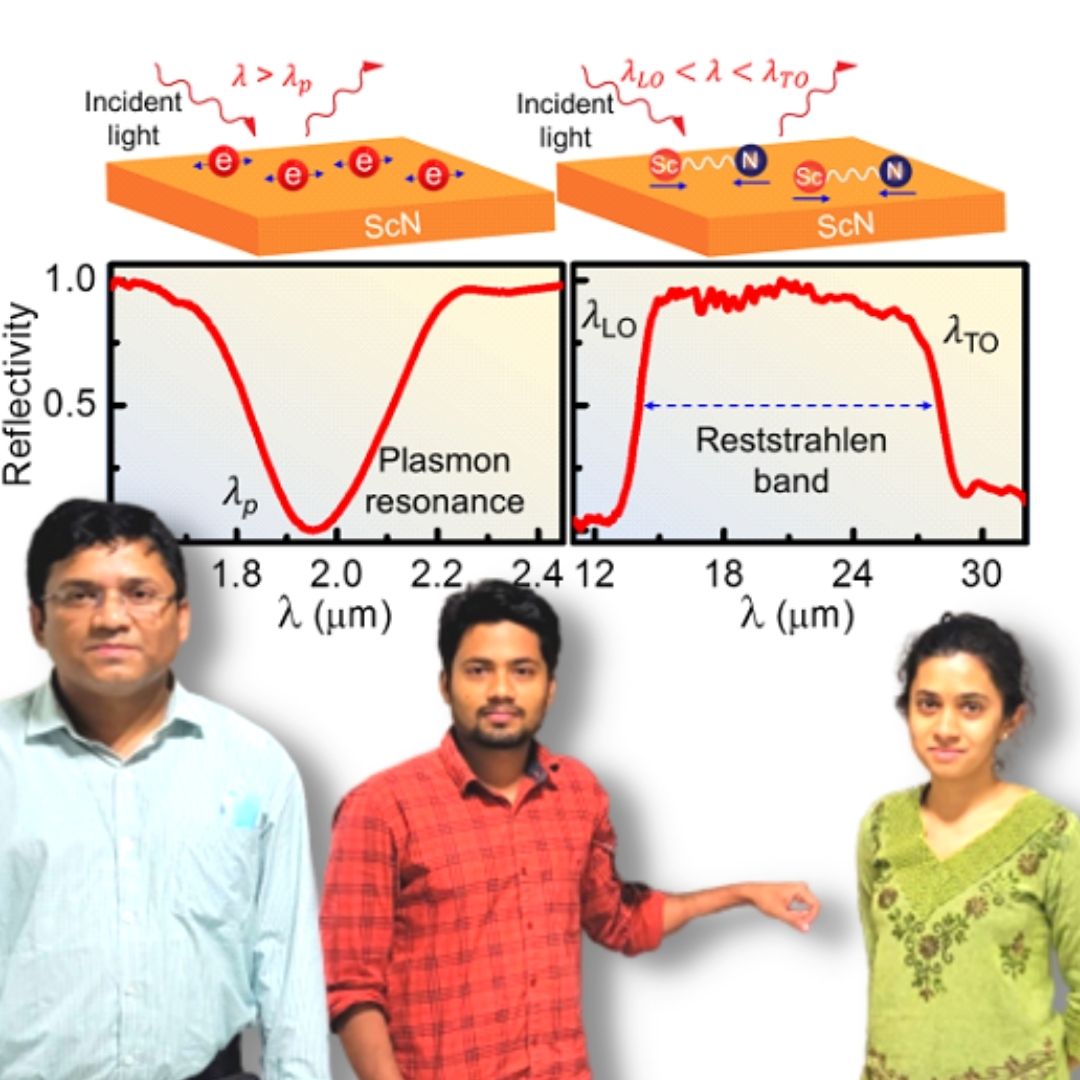
Image Credit: Dst.Gov
Groundbreaking! Indian Researchers Discover Material Which Turns Infrared Light Into Renewable Energy
Writer: Snehadri Sarkar
While he is a massive sports fanatic, his interest also lies in mainstream news and nitpicking trending and less talked about everyday issues.
India, 10 July 2022 5:58 AM GMT
Editor : Shiva Chaudhary |
A post-graduate in Journalism and Mass Communication with relevant skills, specialising in content editing & writing. I believe in the precise dissemination of information based on facts to the public.
Creatives : Snehadri Sarkar
While he is a massive sports fanatic, his interest also lies in mainstream news and nitpicking trending and less talked about everyday issues.
The new single-crystalline scandium nitride material can detect, emit, and modulate infrared light, which is useful for "solar and thermal energy harvesting and for optical communications devices".
Indian scientists recently made a groundbreaking discovery of a material that turns infrared light into renewable energy. Top Jawaharlal Nehru Centre for Advanced Scientific Research (JNCASR) Bengaluru researchers have found a new material named "single-crystalline scandium nitride (ScN)" that has the ability to convert infrared light into energy that's renewable, as per a press release.
For context, infrared radiation is not visible to human beings; however, we can sense it as heat. Those tech-savvy night vision goggles people see in films show infrared radiation to allow humans to see in the dark. Now, scientists claim we might now have the ability to turn these lights into renewable energy.
What's This New Material?
The new single-crystalline scandium nitride material can detect, emit, and modulate infrared light, which is useful for "solar and thermal energy harvesting and for optical communications devices," according to the official press release.
"K. C. Maurya and co-workers have utilized a scientific phenomenon called polariton excitations that occur in tailored materials when light couples with either the collective free electron oscillations or polar lattice vibrations to achieve this feat," the press release claimed.
It also added that the researchers have carefully controlled material properties to excite polaritons (a quasi-particle) and achieve strong light-matter interactions in ScN with the use of infrared light.
A Landmark Discovery
The researchers used a scientific phenomenon called "polariton excitations" to achieve this feat.
Assistant Professor at JNCASR, Dr Bivas Saha, said that from electronics-to-healthcare, defence and security-to-energy technologies, there is a massive need for infrared sources, sensors and emitters. He added that the work here on infrared polaritons in scandium nitride is also set to enable its applications in many such devices.
Scientists from the Centre for Nano Science and Engineering from the University of Sydney and from the Indian Institute of Science (IISc) also took part in this research that was released recently in the scientific journal Nano Letters.
 All section
All section














